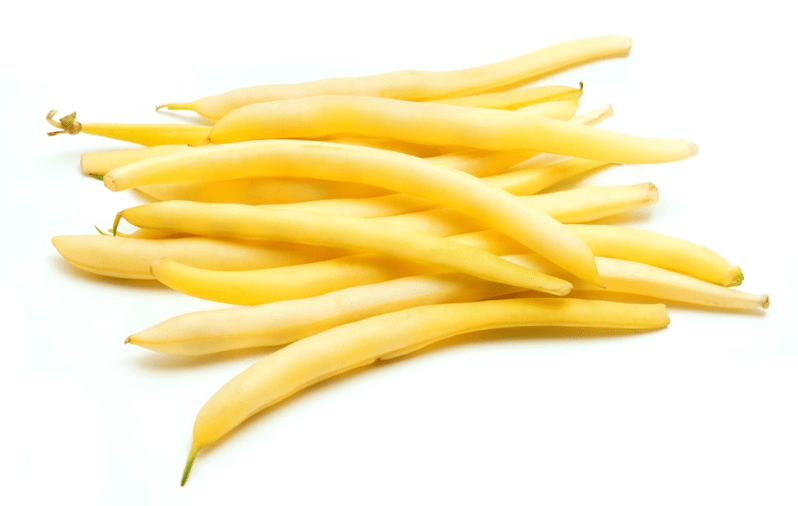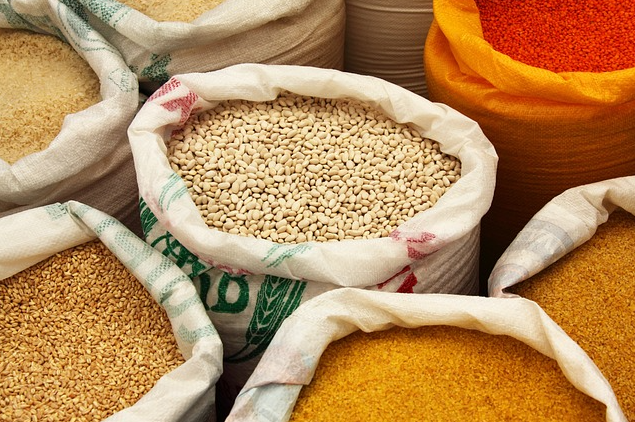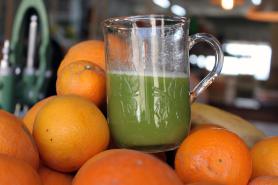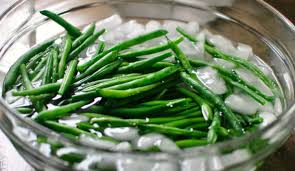Like tomatoes in Matbuha, hot peppers in s'hug and arissa, and pumpkin in kubbeh dal'aht, yellow beans have become an integral part of Middle Eastern kitchens that developed in North Africa, the Levant (Iraq, Syria, and Israel), and Turkey.
Until the mid-16th century, it's safe to say that no one in our neighborhood was familiar with yellow beans. The reason is obvious, much like tomatoes, peppers, and pumpkins –beans are a plant that originated in the Americas. While the native people in the Americas cultivated beans, from several varieties common in Central and South America over 5,000 years ago, this small legume remained unknown in the Middle East until after the establishment of Spanish settlements in the Americas.
Not that we were unfamiliar with legumes here; chickpeas (aka Hummus) are an excellent example, as well as the small green beans (aka Lubia) that closely resemble yellow beans. However, the yellow bean itself was deemed a newcomer to the neighborhood, just like tomatoes and hot peppers.

On the other hand, the evolution of local cuisines happens quickly, and today, we can't imagine traditional Middle Eastern cuisines without tomatoes, peppers, or yellow beans.
Now, the question arises: why is the yellow bean more associated with Middle Eastern cuisine than other bean varieties? The answer, I found, is trivial. When the bean migrated from the Americas to the Old World, there were already many different varieties with different characteristics and colors.
Almost every region in the world favored a specific variety, as was the case with the Thai bean we previously reviewed here. As far as I could determine, the yellow bean reached Algeria in the 18th century, was well-received, and became a central and dominant crop. Thus, the pale yellow bean became a popular variety and a significant ingredient in Middle Eastern bean dishes.
Like other legume varieties, yellow beans (and beans in general) are a key vegetable due to their high protein content – a relatively rare feature in the plant world. This fact made them important for the indigenous people of America as well as worldwide wherever they were introduced (the Far East, North Africa, the Middle East, and even in parts of South and North Europe).

This is noteworthy because, in many regions throughout history, animal protein and meat were rare commodities that most people couldn't afford. The bean became an important source of protein, explaining its many varieties and its diverse culinary uses. In Mexico and the Far East, beans are consumed not only fresh, sautéed, boiled or otherwise cooked, but also are used as a base for making sweets and spreads. The fact that it is a plant-based protein source makes it very popular among vegetarians and vegans.
In addition to protein, beans also contain sugars, minerals such as iron, calcium, magnesium, and zinc, as well as vitamins and plenty of dietary fiber (assuming you eat the pod).
The yellow beans that arrived in our store this week are fresh and organic that make me want to simply add them to a pan with some olive oil, freshly chopped tomatoes, Israeli garlic, and fresh chili from the Arava, creating a classic Middle Eastern dish of yellow beans.









